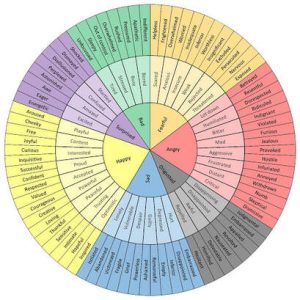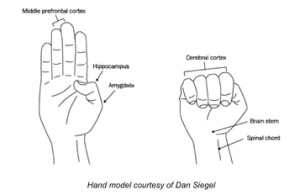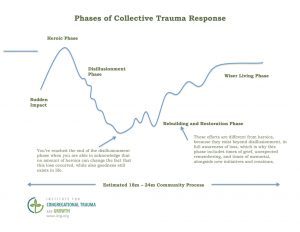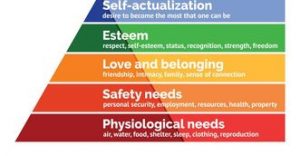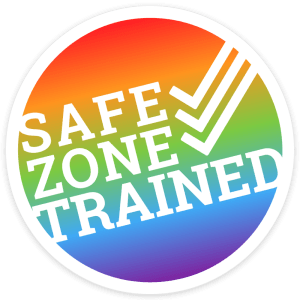3 Reasons Why You Want To Let Your Teen Clean Up Their Own Room
The way your teen keeps their room can be so hard to leave alone. A mom was saying the other day how every time she walks by her teen’s room, the urge takes over to look inside and as soon as she sees the dirty plates, laundry on the floor, and chip crumbs, her orderly instincts kick in and away she goes cleaning her teen’s room.
Can you relate to “I’ve asked them 10 times already”, “it’ll be faster (and better) if I do it myself”, and “it just drives me crazy” when it comes to the way your teen keeps their space?
Whether it’s their room, their gaming area, or a space in the home, learning how to organize, clean, and manage their space is an important part of teen development.

Photo by Canva
Ok disclosure (and sorry Mom because I know you hate bugs!!) – when I was a teen I had a hamster, and I kept his food in my dresser drawer. The food was in a bag. Well, sorta kinda in the bag, and kind of in my drawer… and kinda on the floor.
I had been told by my parents that leaving food around would attract bugs, but wasn’t bothered to clean the hamster food trail I left behind. One day, I went to feed my hamster and his seeds appeared to be moving. Yeah, maggot city 🐛🐛🐛 in my drawers! It was such a gross natural consequence that it got me to keep it clean and sealed up forevermore.

Photo by Canva
Here Are the 3 Reasons Why You Want To Let Your Teens Clean Their Own Spaces:
1. Putting the relationship first. If this is a constant source of tension in your relationship, consider taking a step back to see the bigger picture. In stepping back and not cleaning their room, you’re avoiding the scenario of still doing all that stuff for them 5 years from now.
By stepping back, you can replace those urges with something rewarding for yourself. And although you might be thinking, “I’ll enjoy the reward much more if they have a clean room”….having an extra 20 minutes for that bath or that juicy novel has the larger payoff (remember the goal is to have them clean the space so that niggling thought for you to clean it yourself will eventually be gone).
2. Motivation for growing independence and confidence. As part of the privileges of independence in our family, we have adopted the ‘Everyone is a Contributing Member‘ motto. Everyone is an important member and their contributions are valued.
Celebrate independence by allowing them to care for their own space. This may include cleaning it, but also personalizing and organizing it in a way that is functional for them. There will be natural consequences to how they keep that space (i.e. hamster maggots).
3. Future ready skills such as Accountability and Responsibility. Clarity of your family rules and expectations will be super helpful to navigating this part. One rule that can be helpful is that all common objects must be brought back to that space or cleaned (for example dishes).
You can try looking at the privilege/responsibility scale where privilege is a direct result of responsibility. An example of this is in exchange for the privilege of Friday night extra screen time, the expectation (responsibility) is that their room is to be tidied once a week with all laundry off the floor and all dishes returned to the kitchen.

Photo by Canva
It is also helpful to be clear on rules and expectations for their room vs. other spaces in the house. Check out this post on “𝗛𝗼𝘄 𝘁𝗼 𝗚𝗲𝘁 𝗧𝗲𝗲𝗻𝘀 𝘁𝗼 𝗵𝗲𝗹𝗽 𝘄𝗶𝘁𝗵 𝗖𝗵𝗼𝗿𝗲𝘀 𝗪𝗶𝘁𝗵𝗼𝘂𝘁 𝗮 𝗙𝗶𝗴𝗵𝘁 𝘀𝗼 𝗬𝗼𝘂𝗿 𝗵𝗼𝗺𝗲 𝗰𝗮𝗻 𝗿𝘂𝗻 𝘀𝗺𝗼𝗼𝘁𝗵𝗹𝘆”
If you empower them to care for their spaces and take on that responsibility it will pay off in many ways!
And now, I’m going to walk right past my son’s room and pour myself a hot bath while listening to favourite tunes!

Photo by Canva
Have a great night.
If you found this post helpful, pass it on by emailing a friend or sharing it on Twitter or Facebook – Thanks!

Chantal Côté (she/her) is a psychologist and teen life coach living in Calgary, Alberta. After over a decade in non-profit and community mental health, Chantal started Pyramid Psychology, a practice dedicated to supporting teens – a population she is constantly amazed by. Chantal is on a mission to help 100,000 teen girls (and their parents) build bulletproof mindsets so they can weather the ups and downs of life. As part of this goal, Chantal has had the privilege of speaking at various events – virtual and live – to support teens and parents.
Outside of this passion, Chantal is often in nature, writing poetry, playing ball hockey and hanging out with her loved ones.
Each week, Chantal writes a blog article in response to issues she hears from the parents and teens she connects with.
If you have something you’d like to read more on – email ideas and questions to info@pyramidpsychology.com or DM us via Instagram or Facebook.

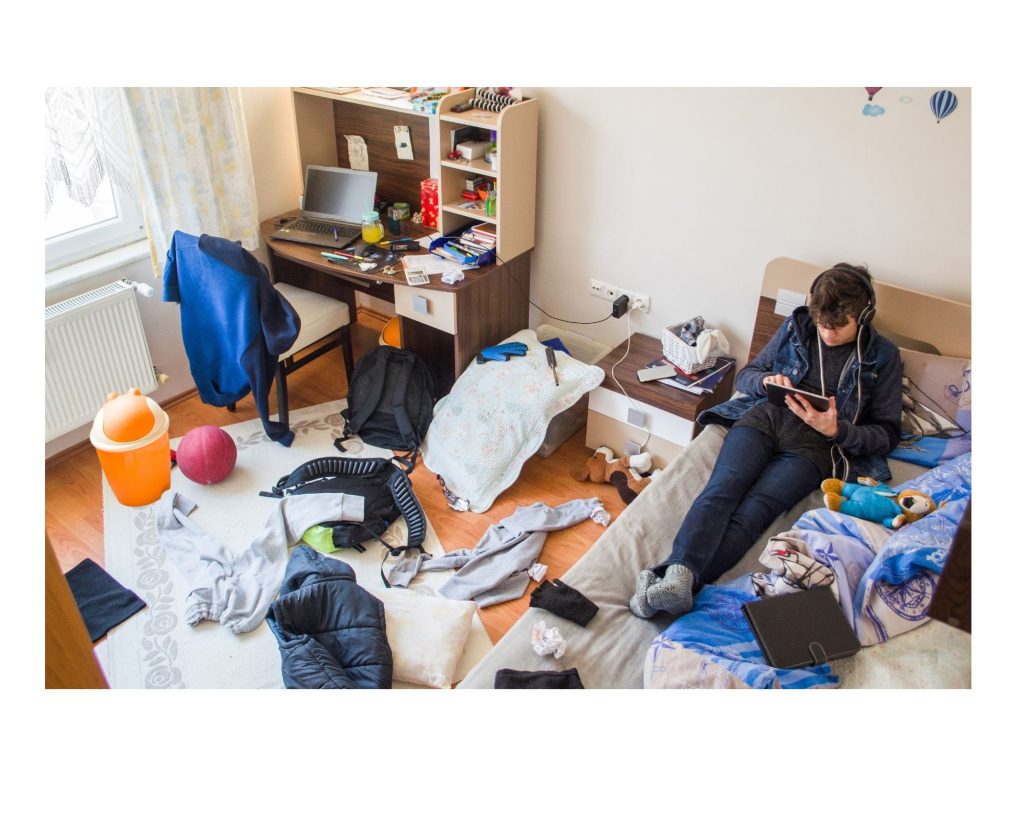





 Chantal Côté (she/her) is a psychologist and teen life coach living in Calgary, Alberta. After over a decade in non-profit and community mental health, Chantal started
Chantal Côté (she/her) is a psychologist and teen life coach living in Calgary, Alberta. After over a decade in non-profit and community mental health, Chantal started 




































